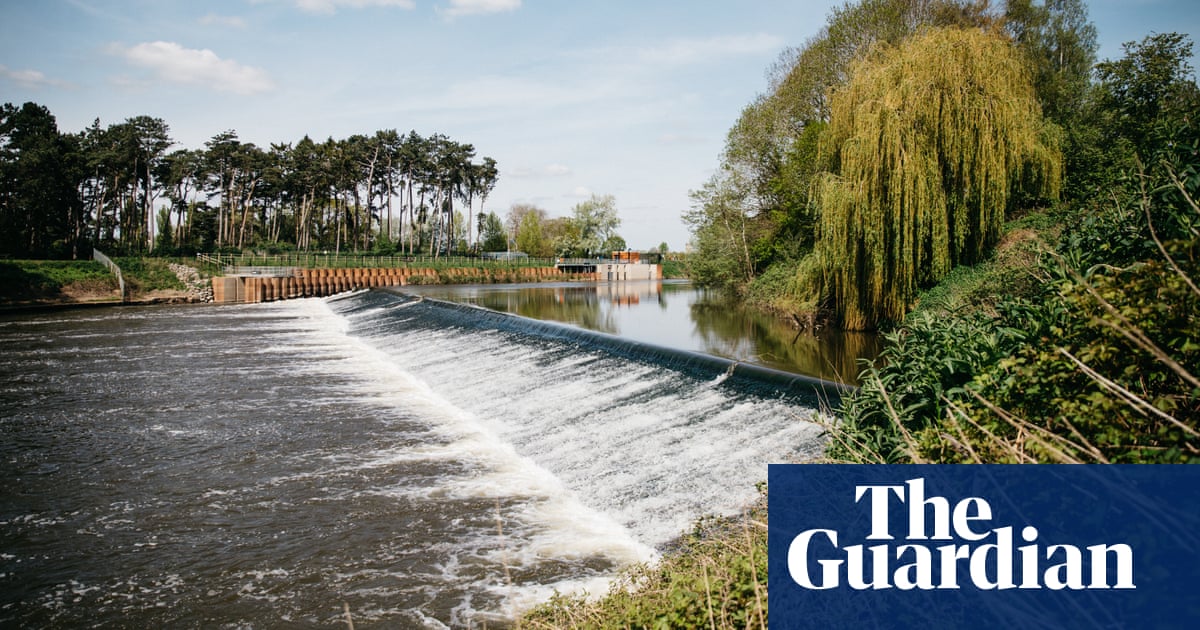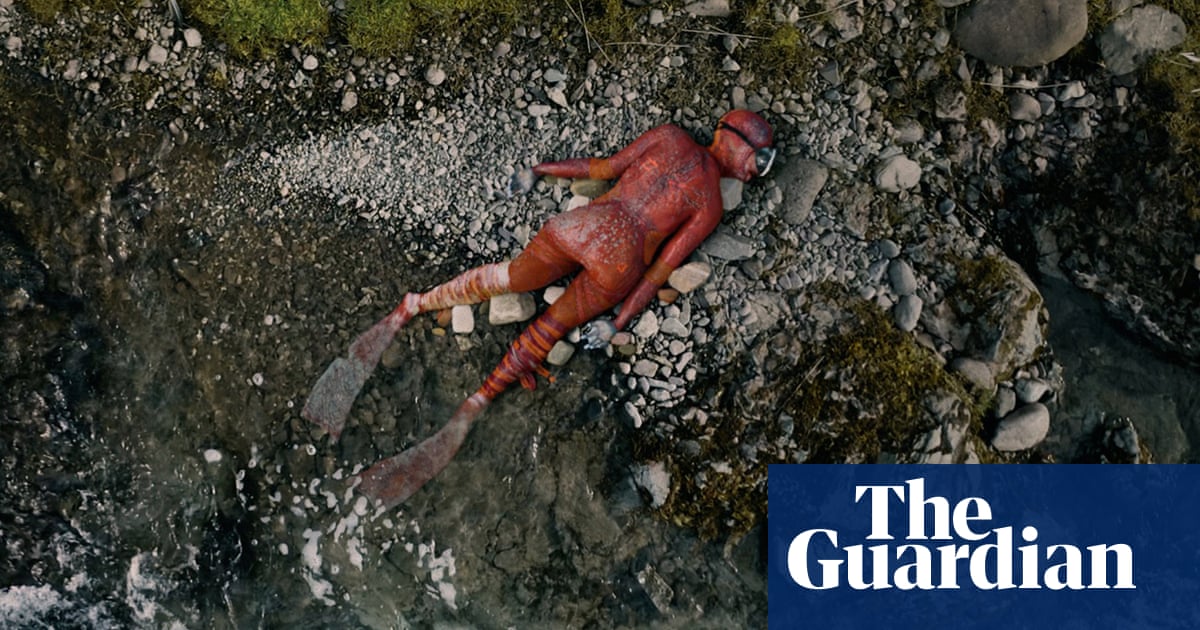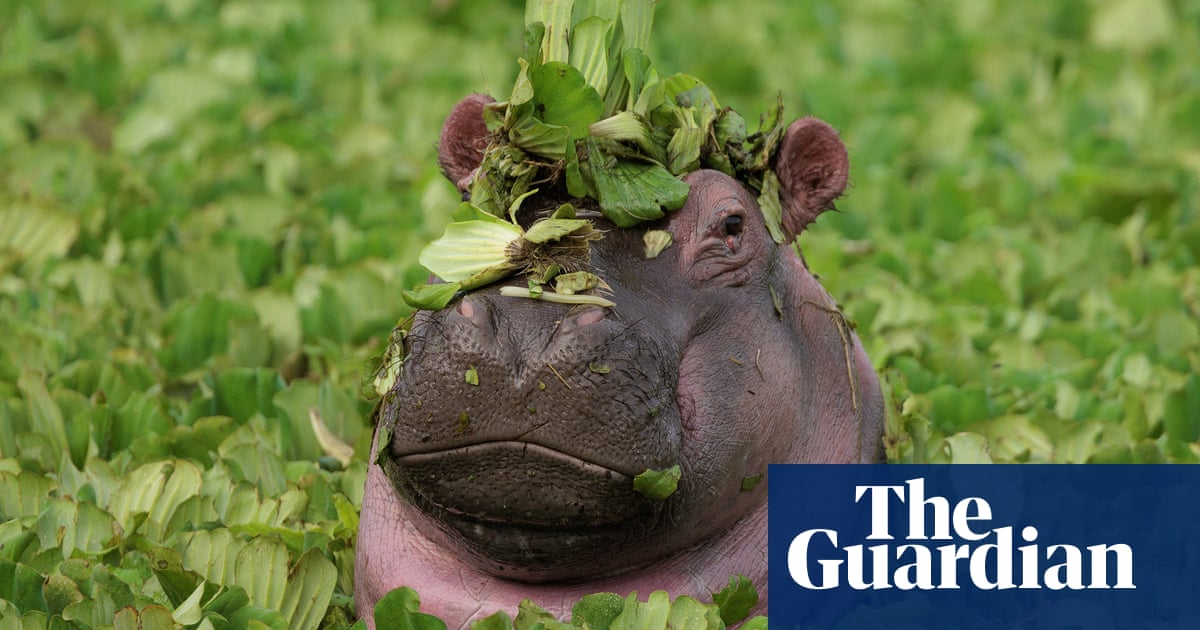
The twaite shad was once a common sight in Britain’s waterways. A member of the herring family, the small silvery fish with a single dorsal fin and a forked tail was once so bountiful it was sold as food locally and abroad. But in recent times, it has been harder to spot and today the River Severn contains one of just four breeding populations in the UK.
“I used to live by the Severn estuary and I had never heard of it before – that is a sad state of affairs for a fish that used to travel up this river in its hundreds of thousands every year,” says Richard Harrison, programme manager for Unlocking the Severn (UTS).
The project, completed in 2022, has allowed the once abundant fish to return to its natural spawning grounds in the Severn for the first time in more than 180 years. A series of navigational weirs built in the mid-19th century had been preventing access to more than 150 miles of river until UTS built four fish passes – a series of imposing partially submerged concrete monoliths – into the weirs, giving hope to many of the Severn’s beleaguered fish species.
Charles Crundwell, senior technical specialist at the Environment Agency, has been involved with UTS since the Severn was designated a special area of conservation in 2009. At the time, the twaite shad (Alosa fallax) was described as being in unfavourable condition, largely due to lack of access to their historical spawning grounds. “We don’t know what the run size of shad was on the Severn back in the 1840s, but we do know it supported a very healthy, local and international fishery,” says Crundwell. “They were sold locally for food or they were pickled, put in barrels and sent abroad. They ran in their hundreds of thousands; we know that because there is an equivalent species called the American shad and they still have runs in the multimillions.”
Recent studies have shown that freshwater fish populations declined by 76% across the world from 1970 to 2016, with an average decline of 93% in Europe, in part due to weirs and dams that obstruct watercourses. “If you think about it, putting weirs along a river means you are making it into separate linear lakes; they’re swimming pools effectively,” says Crundwell.
The situation on the Severn is unique in that the four navigational weirs between Worcester and Stourport are spread over less than 10 miles, and these four “choke points” effectively cut off 83% of the Severn to fish. As a result, many fish were impounded below Worcester creating increased competition, extreme predation and significantly reduced chances of survival. “It is only a really small section for the shad to get through before they are back to a river which is effectively the same as it always was,” says Crundwell. “It’s like having a perfect habitat, but they just can’t get to it.”
In July 2016, money was secured from the EU Life programme to build the four fish passes to allow the shad and other species to bypass the weirs and continue their journey upriver. More funding from the national lottery enabled work to begin in 2019. The team decided to create three “deep vertical slot” passes – a horizontal ladder of deep pools that fish can use to navigate their way around the weir – at Diglis, Holt and Linkum. At Bevere, the Canal & River Trust, which led the work, had more land to play with so built a “natural bypass channel”, a gradually sloped ramp that the fish can swim along to get past the weir, allowing migratory fish safe passage upstream.
As the shad spend most of their time at sea, only entering the river to spawn between April and May, the team had to wait until last year to track the shad’s progress using acoustic trackers and environmental DNA techniques.
“We have been able to prove that during the migration season last spring, the shad had been able to pass through all four structures that we built. The fish are using them; it is amazing,” says Crundwell.
For the team, encouraging the public to engage with their river and the life it supports is an important part of the project. “We have had about 7,000 visitors now,” says Harrison. An underwater viewing gallery built alongside the fish pass at Diglis offers backlit views of all of the species that swim past the two giant windows on their journey up the river.
Volunteer Caroline Attwood-Reusser believes that the project is fostering a new sense of excitement and pride around the river. “The power of the viewing gallery is that it gives people the chance to actually see what’s beneath the surface. There is always excitement in the pass if we see a fish – yesterday we had the tiniest minnow and people were so excited about it.”
Corinne Spiller, social media executive at UTS, has been helping engage the public, including launching a project that saw local children contribute designs to a shad flag. “The warmth the project has received has been incredible. There are a lot of problems with rivers at the moment, but what is really important is being able to connect people with the fish that live in the river. People are understanding that rivers are important and they are worth protecting,” she says.
With more than 700 shad having made their way through the passes in 2022 alongside 24 other species, the future of the Severn is looking increasingly bright for migratory fish, says Crundwell. Though numbers were down this year, the project’s scientists are not unduly concerned, pointing out that the inter-year variation is within the expected levels. The hope is that with each passing season the fish will reach higher and higher up the river, eventually reclaiming all of the spawning grounds that were previously blocked.
The team are optimistic that the work they have done on the Severn could be used as a blueprint for success elsewhere. “This is the biggest project of its type in Europe. The Severn is the UK’s longest river, so it raises the profile of the whole issue. It’s a global problem that needs addressing. It’s not a cheap solution – this was a beast of a project – but we’ve shown it can be done,” says Harrison.












